|
These signals are the internationally recognised
methods of indicating that a vessel is in distress and requires assistance. All yachts should carry the appropriate equipment
necessary to make the distress signals that are suitable for the area they are navigating in. |
|
DISTRESS SIGNALS
1. The following signals, used or exhibited
either together or separately, indicate distress and need of assistance: |
|
(a) a gun or other explosive
signal fired at intervals of about a minute; |

|
(a) Not many vessels in Europe
will carry guns or explosive devices, but in other parts of the world you may come across this signaling method (just make
sure they are not firing at you!). |
|
(b) a continuous sounding with
any fog-signalling apparatus; |
|
(b) This is a very simple method
of attracting attention, which requires minimum equipment but is obviously only of use when very near other vessels. |
|
(c) rockets or shells, throwing
red stars fired one at a time at short intervals; |
|
(c) A very useful method of
attracting attention when some distance from any possible observers. |
(d) a signal made by radiotelegraphy
or by any other signalling method consisting of the group . . . - - - . . .
(SOS) in the Morse Code; |

|
(d) On small craft this is a
useful back up method summoning assistance, especially if sent by a powerful signalling light. |
|
(e) a signal sent by radiotelephony
consisting of the spoken word "Mayday"; |
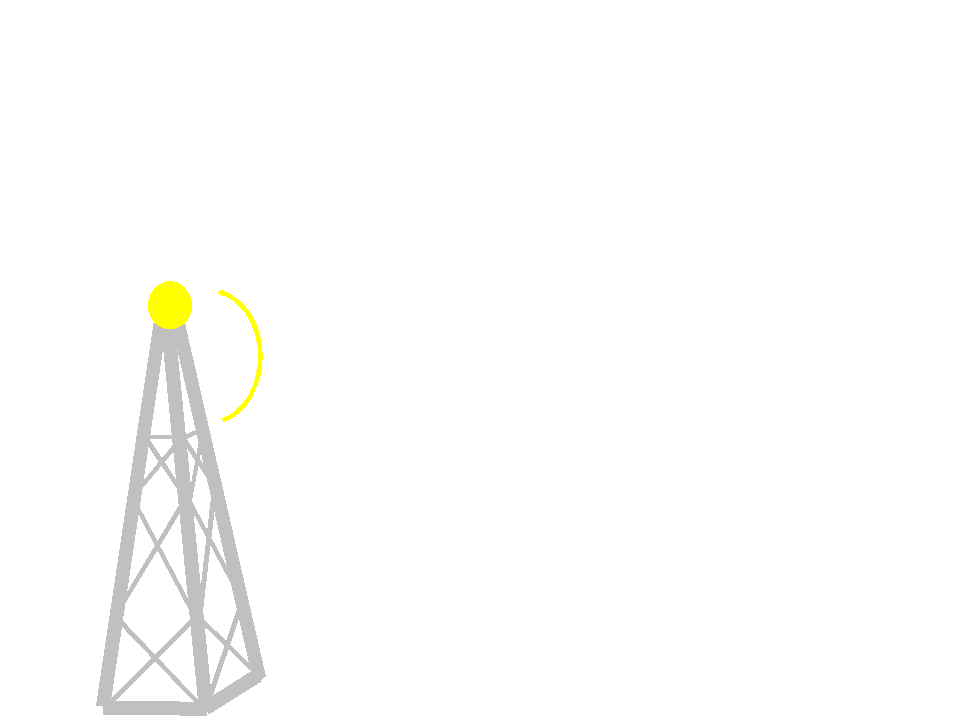
|
(e) This is probably the most
effective method and will normally be the first means of summoning assistance. Especially, when linked to a radio with DSC
capability. |
|
|
|
(f) the International Code Signal
of distress indicated by N.C.; |
 
|
(f) With the size of flags carried
on most vessels, you could probably shout as far as this signal could be recognised! However, once hoisted, this signal requires
no further effort to be maintained. |
|
(g) a signal consisting of a
square flag having above or below it a ball or anything resembling a ball; |


|
(g) This signal suffers from
the same problem as flags. In addition, most people would probably not recognise it! |
|
(h) flames on the vessel (as
from a burning barrel, oil barrel, etc.); |

|
(h) This may seem obvious, but
the boat itself does not need to be on fire. It may be possible to light some oily rags in a bucket. This could be useful
if you have used all your distress flares! |
|
(i) a rocket parachute flare
or hand flare showing a red light; |

|
(i) Again a very useful mechanical
means of summoning aid. Ensure you have sufficient for the area you will be sailing in. Also it is often recommended that
parachute flares are fired in pairs with about a 5 minute gap between them. This is because the person who sights a flare
may not be the skipper, by firing a second one a few minutes later, the aim is to give the person who is responsible for the
decision making on board enough time to reach the bridge and to see the flare for themselves. |
|
(j) a smoke signal giving off
orange-coloured smoke; |

|
(j) Useful up to a range of
2 miles, especially when indicating the vessel in distress to a helicopter when there are several other craft in the vicinity. |
|
(k) slowly and repeatedly raising
and lowering arms outstretched to each side; |
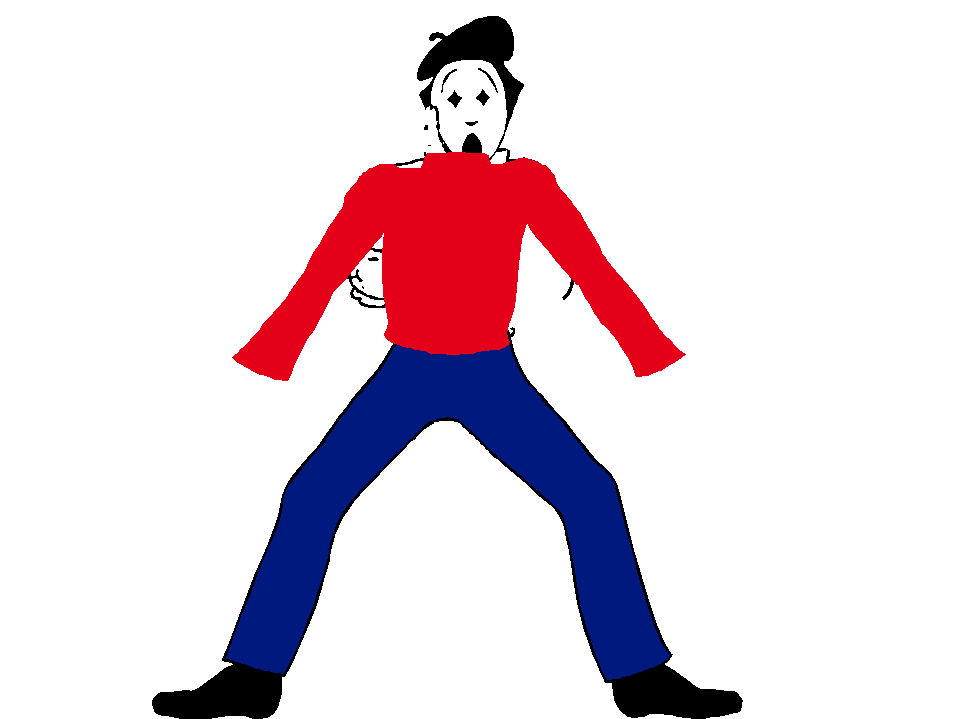
|
(k) This is surprisingly effective
at short range and may be all that is required when in a small vessel in busy waters. |
|
(l) the radiotelegraph alarm
signal; |

|
(l) This is not relevant to
most small craft and has effectively been replaced by the DSC system within GMDSS. |
|
(m) the radiotelephone alarm
signal; |

|
(m) A two tone audio signal
and has effectively been replaced by the alerting alarms of the DSC system within GMDSS. |
|
(n) signals transmitted by emergency
position-indicating radio beacons. |
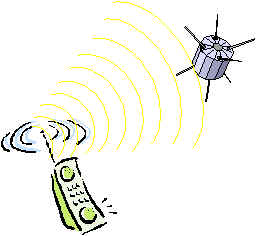
|
(n) For the ocean sailor an
Emergency Position Indicating Position Beacon (EPIRB) is an essential piece of safety equipment. When
out of range of other communication systems they will transmit a distress signal to be picked up by satellite, then pass it
on to a ground station to start a search and rescue operation. They are also very useful to the coastal sailor, especially
as a back up to the main radio and distress flares. |
|
(o) approved signals transmitted
by radio communication systems, including survival craft radar transponders. |
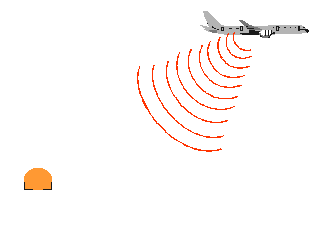
|
(o) A radar transponder, is
triggered by the signal from a search craft, and transmits a signal which shows up on the search craft's radar screen and
aids fine positioning of a liferaft. |
2. The use or exhibition of
any of the foregoing signals except for the purpose of indicating distress and need of assistance and the use of other signals
which may be confused with any of the above signals is prohibited.
3. Attention is drawn to the relevant sections
of the International Code of Signals, the Merchant Ship Search and Rescue Manual and the following signals: |
|
(a) a piece of orange-coloured
canvas with either a black square and circle or other appropriate symbol (for identification from the air); |

|
Very useful for summoning assistance
from helicopters and other aircraft. Has the benefit that it will last indefinitely and can be left unattended. |
| (b) a dye marker. |
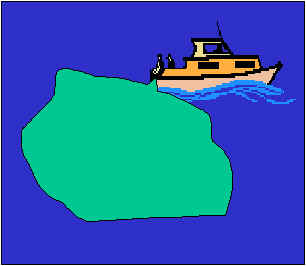
|
Very useful for summoning assistance
from helicopters and other aircraft. Can be easily attached to man overboard equipment or lifejackets. |
|
All crew members and / or passengers
of offshore or ocean going Commercial or Recreational Craft, should be familiarized prior to leaving Port, with the vessels
Emergency Procedures while at sea.
Those sailing should have knowledge
of where all, Fire Safety & Emergency Equipment is stowed. The locations of life boats, life-preservers, positive floatation devices, or any "Positive Floatation Equipment" (Immersion Suits), inclusive of the "Innovative technologically advanced
"Solar Survival Vest",(PatPend), developed for maximum protection from hypothermia, dehydration, exposure and speedier
rescue times. With a host of accessories that keep the warer warm, provide fresh drinking water, strobe lighting, air
powered highly pitched distress whistle or horn, power for an F/M transmitter, flashing brilliant emergency beacon, waterproof
compass, foating survival knife, hot air distress balloon, (tethered balloon), AM/FM headphone radio, padded, raised
comfort collar on Survival Vest to aleviate fatigue,single rear mounted fold out (Pat.Pend) constant speed Solar Powered
Propulsion System or our optional dual side mounted (Pat.Pend) propellor driven Solar Propulsion System |
|

